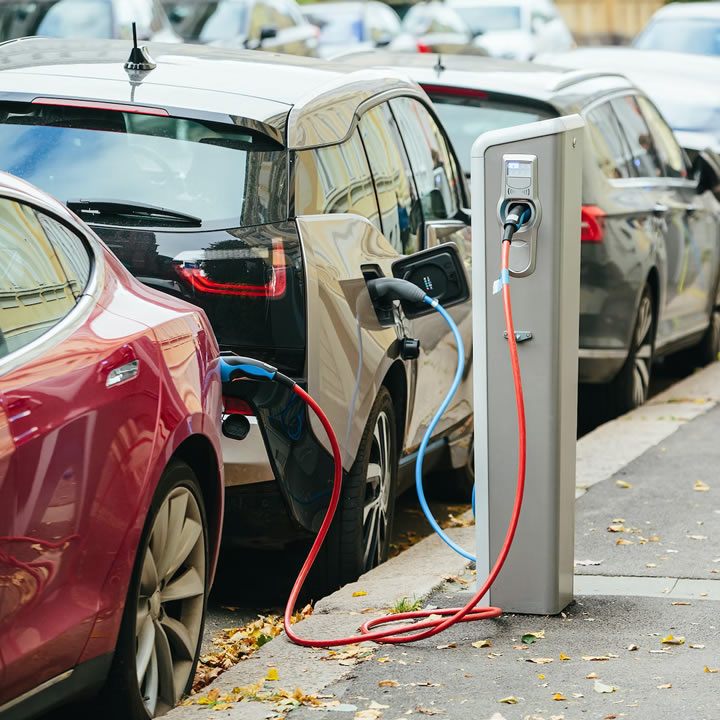In recent years, there has been a growing movement toward electric vehicles (EVs), partly due to the environmental benefits, but also, and perhaps more importantly, since the cost of owning such vehicles has decreased considerably.
Previously, electric vehicles were only available to those of us with a lot of spare cash. However, with a combination of subsidies and lower long-term costs, owning an electric car is no longer a dream.
There are currently 21 different EV models available in the US, meaning we have plenty of options to choose from. On the flip side, this can mean that we can feel a little overwhelmed when we go out to buy an electric vehicle.
More than 15 different car manufacturers offer at least one electric car, and many, such as Kia or Hyundai, offer several. Electric vehicles keep becoming more popular within the automobile sector.
New models of all shapes and sizes, from SUVs to pickup trucks and sedans, are coming to dealerships around the United States.
However, the leading car manufacturer in terms of units sold is Tesla, which sold just over 20% of total electric car sales in the US last year, growing by an impressive 83%.
Recently, Tesla has even announced that their first electric semi-trucks will be delivered in December.
This shows that more and more of us, both as individuals and as organizations, are choosing to buy electric vehicles. What we mean when we say “electric vehicle” can feel a little vague. Let us explore some of the most common types of electric vehicles.
All-Electric Cars
All-electric cars can cover both short and long distances in all-electric mode. If we mostly use our car for short city trips, we can charge it overnight at home. Long trips may require battery charging at an EVgo station.
There is a wide range of fully electric car models available from several manufacturers, although they tend to be the most expensive.
Electric Hybrids
Electric hybrids use a combination of gas, gasoline, or diesel fuel and electricity. The electric motor is completely incorporated into the system, and the battery is charged internally rather than by plugging it in.
These automobiles have been on the market for decades.
The driving experience is comparable to that of a conventional fossil-fuel vehicle. Hybrids are frequently an excellent initial choice for those of us who want to buy an electric car but are concerned about having access to the infrastructure required.
The battery in a full hybrid only provides enough power to run the automobile at moderate speeds, such as in residential areas and cities. Regenerative braking allows full hybrids to replenish their electric batteries.
They transform the heat produced by the braking action into electricity that the electric battery can store.
Plug-in Hybrids
Plug-in hybrids are projected to become increasingly prevalent in the near future, particularly in locations where electric car infrastructure is not expanding quickly enough to meet demand.
The key distinction between this hybrid and others is that, while it can be charged and used in electric mode for extended trips, the petrol or diesel engine stays in place and helps ease possible range strain when charging is not available.
The electric battery is the major power source for the car in a plug-in hybrid. When the battery dies, the internal combustion engine kicks on. In addition, regenerative braking may be possible to provide a small charge to a plug-in hybrid.
Having numerous fueling options for our vehicles allows us to choose the most convenient fuel source for us no matter where we end up.
Hydrogen Fuel-Cell Vehicles
While hydrogen fuel-cell electric vehicles do not connect to the grid, they are still classified as electric vehicles since electricity fuels the engine that drives the wheels. The main distinction is that the electricity is generated by a fuel cell rather than the grid.
These vehicles run on hydrogen (H2) fuel, which is stored in a specific hydrogen fuel tank onboard the vehicle and can be refilled at an H2 station.
The cells generate energy by converting H2 through a chemical reaction, which then flows through a battery and to the electric motors. This process’s only output is water vapor, which is released from its tailpipe.

